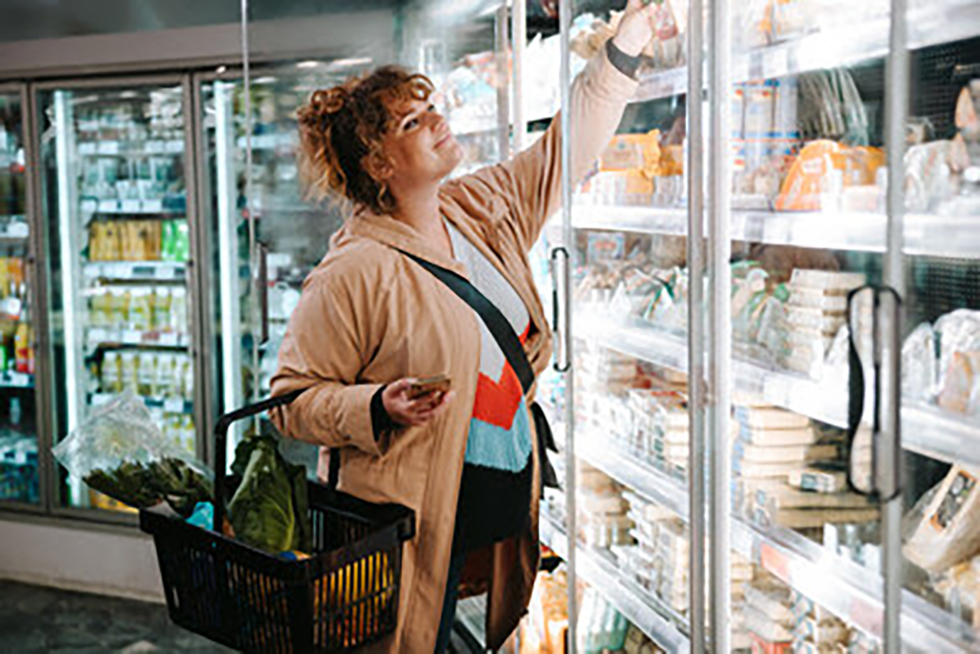According to a new report from the National Frozen & Refrigerated Foods Association (NFRA), the average U.S. family discards $1,500 in groceries annually, contributing to $382 billion in surplus food generated each year nationwide.
Utilizing data from the USDA and ReFED, the NFRA’s 2025 Food Waste Insights Report highlights that frozen and refrigerated foods are designed to mitigate this waste through longer shelf lives and portion flexibility.
The report indicates that nearly half of Americans are buying more frozen foods to extend their grocery supply, while 64 percent state that frozen foods help them manage their budgets.
“We hear from families all the time – they want to save money, eat healthier and waste less, but they’re short on time,” said Tricia Greyshock, president and CEO of NFRA.
“The frozen and refrigerated aisles already have the answers. These foods give families flexibility, freshness and savings – often without realizing it.”
Smart Swaps to Cut Waste
The report outlines five strategies for households to reduce waste and maximize grocery value:
- Berry smart: Opting for frozen berries over fresh ones that spoil ensures zero waste while preserving flavor and nutrients for smoothies or baking.
- Veg out (the Smart Way): Stocking up on flash-frozen vegetables guarantees peak freshness and nutrition, often surpassing “fresh” produce that has spent time in transit.
- Protein, on pause: Buying meat in bulk and freezing it in portions reduces cost per pound and prevents the disposal of high-value proteins.
- Dinner, done: Keeping frozen entrees available provides a quick alternative to takeout, reducing waste and meal prep time.
- Love leftovers: Freezing leftovers immediately in single servings creates ready-to-go meals for later use.
“Most people don’t realize how quickly small amounts of food waste add up,” said Eva Goulbourne, food systems strategist and founder of Littlefoot Ventures.
“The frozen and refrigerated aisles are full of smart solutions – foods that stay fresh longer, fit busy schedules and help households stretch their grocery dollars. Reducing waste doesn’t have to mean changing how you eat – it just means using what you already buy, smarter.”
Holiday meal planning
The upcoming holiday season is cited as a peak time for household food waste due to overbuying and cooking excessive amounts.
“The holidays are when we see the most food waste,” Greyshock said. “This year, be strategic, buy frozen sides you can heat and serve, choose make-ahead dishes you can freeze and keep your fridge organized so nothing gets lost in the back.”
Kate Landis, senior director of marketing at NFRA, noted that these adjustments do not require an overhaul of dietary habits.
“Frozen and refrigerated foods give you flexibility, the freedom to cook when you’re ready, not when the food says so,” Landis said. “They help you waste less, save more, and still enjoy the meals you love.”
NFRA’s Easy Home Meals platform provides additional resources, including storage tips, recipes using freezer staples and meal planning ideas to help consumers minimize waste.
For more information, visit nfraweb.org and easyhomemeals.com.

